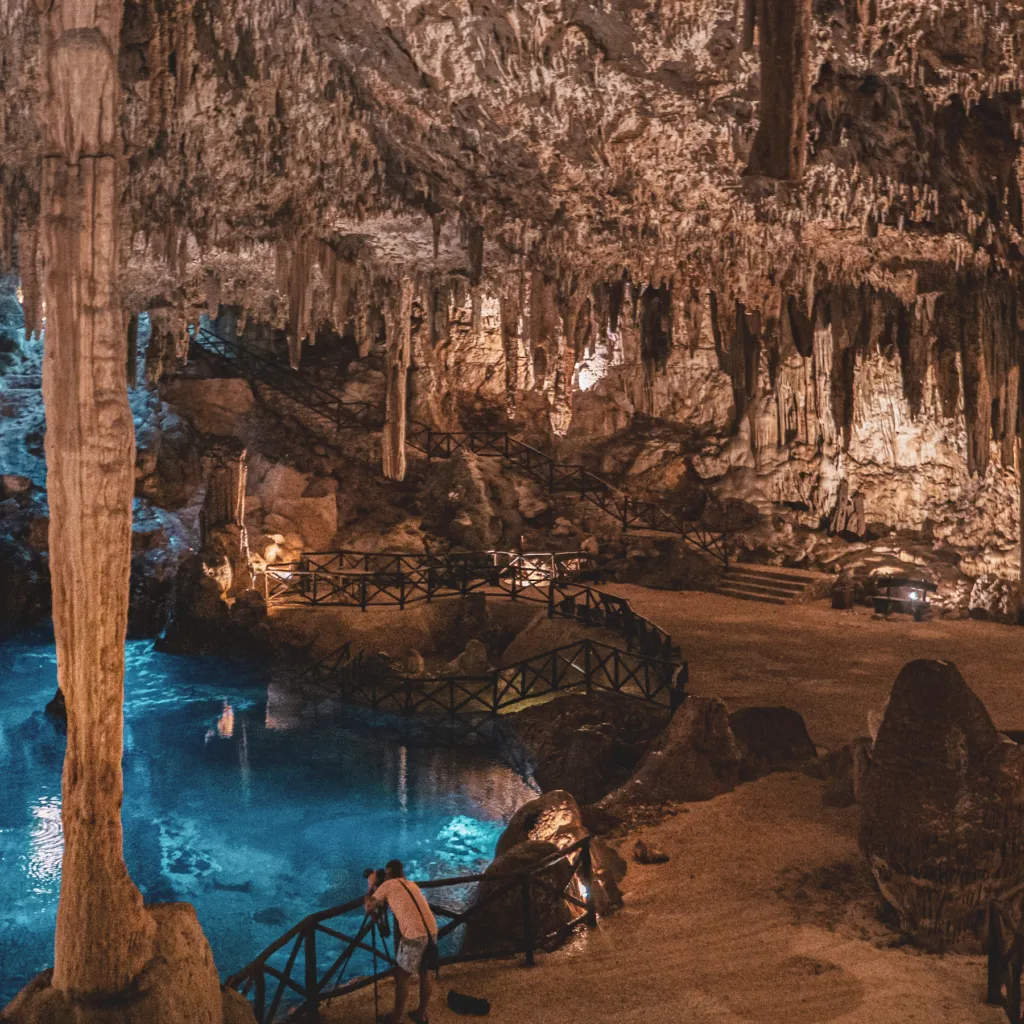La Observacion de Avifauna se vive aqui en el corazón de la selva yucateca, donde Zazil Tunich emerge como un tesoro oculto. Este cenote sagrado, cuyo nombre significa “piedra brillante”, no solo ofrece una experiencia única para los visitantes, sino también una oportunidad excepcional para la observación de aves. En este blog, exploraremos la riqueza de la avifauna en Zazil Tunich y cómo esta joya natural se convierte en un paraíso para los amantes de las aves.
Zazil Tunich se encuentra en un ecosistema diverso, rodeado de selva, vegetación exuberante y aguas cristalinas. Estas condiciones crean un hábitat ideal para una variedad de especies de aves, desde las más comunes hasta las más raras.
El tucán, con su pico colorido y su llamativo plumaje, es un verdadero icono de la selva tropical. Su presencia en los alrededores del cenote Zazil Tunich es más que estética; tiene un papel crucial en el equilibrio del ecosistema:
El quetzal es un ave majestuosa y sagrada para los mayas. Su belleza y su papel simbólico lo hacen especial:

El pájaro tho, también conocido como tordo, es un pequeño habitante de los alrededores del cenote. Su papel es más sutil pero igualmente importante:

Los colibríes son criaturas fascinantes y vitales para el ecosistema:

En resumen, estas aves no solo embellecen Zazil Tunich, sino que también desempeñan roles esenciales en el equilibrio natural del ecosistema yucateco. 🌿🐦
Zazil Tunich no solo es un cenote; es un santuario para las aves y una ventana a la naturaleza maya. Ven y escucha el canto de las aves mientras te sumerges en la belleza de este lugar único. ¡Te esperamos en Zazil Tunich! 🌿🐦

$ 32,000
/ por persona

From: $ 25,000
/ por persona

$ 22,000
/ por persona

$ 19,000
/ por persona

$ 14,000
/ por persona

From: $ 1,799
/ por persona

Share:
Today I want to take you to a magical world full of mystery, where legends come to life and ancient tales...

Share:
Hanal Pixán, which in Mayan means ‘food of the souls’, is one of the most emblematic and profound festivities of...

Share:
The Mayan culture, rich in symbolism and tradition, has bequeathed to the world a series of ancestral practices and knowledge that...

